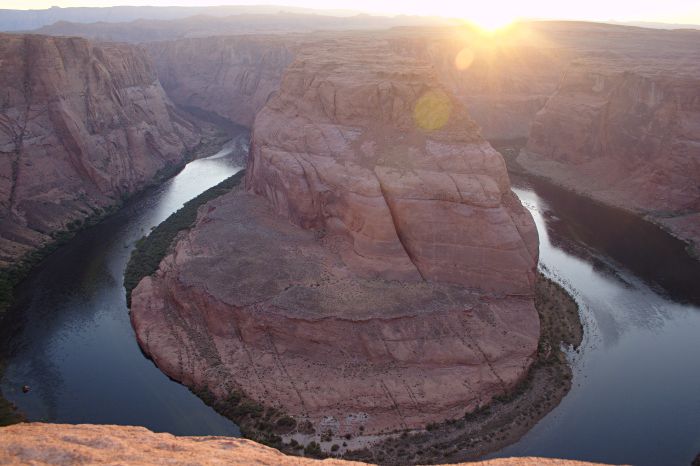We’ve seen Sandhill Cranes several times. They seem to like road sides, just north of Tampa. This time, in early July at the entrance to Brooker Creek, I was for once not zooming by, and had a chance to take some pictures. There was a turkey foraging beyond the cranes a ways, who didn’t make it into this picture.
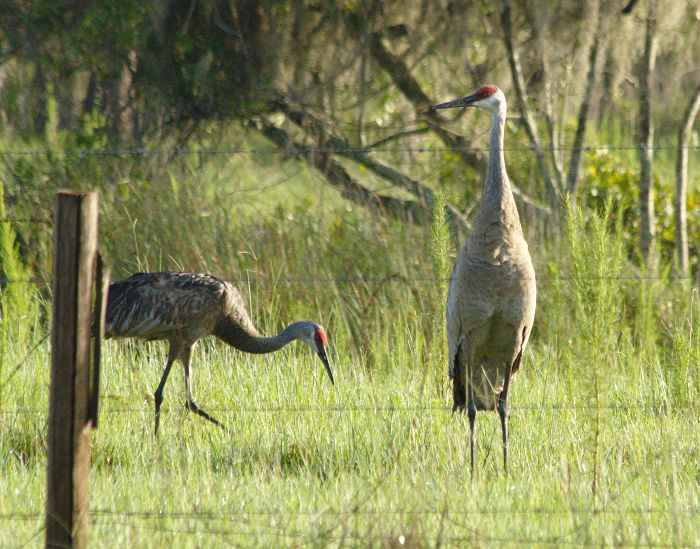
We think this is a very patient southern toad.
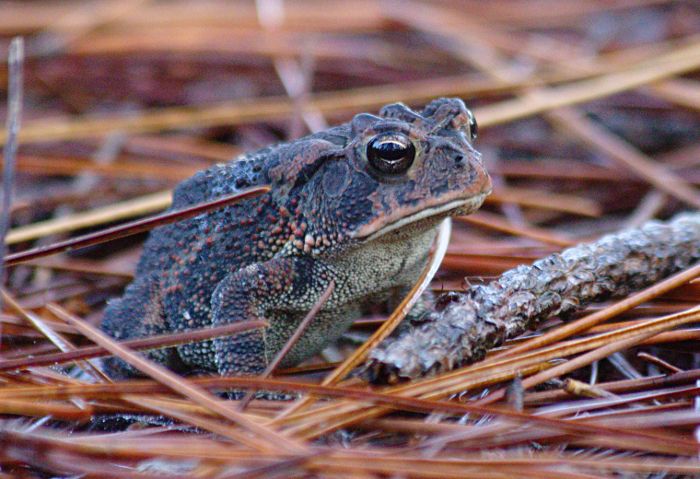
And this, while not the sharpest picture in the world, shows a crayfish crossing the path, carrying eggs. Presumably she is looking for a better stream.
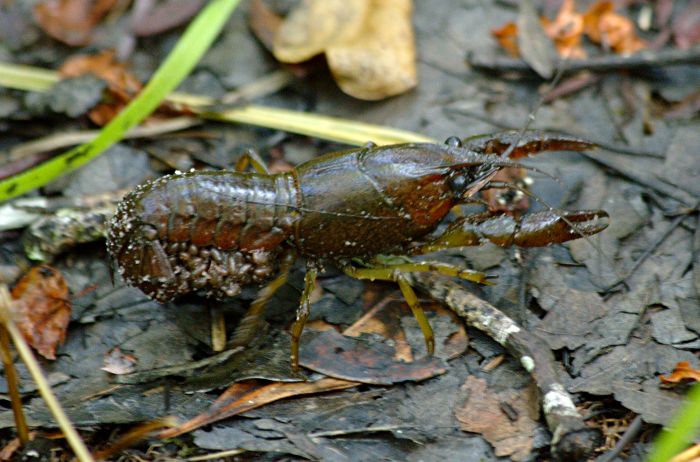
But mainly, this walk turned out to be about mushrooms.
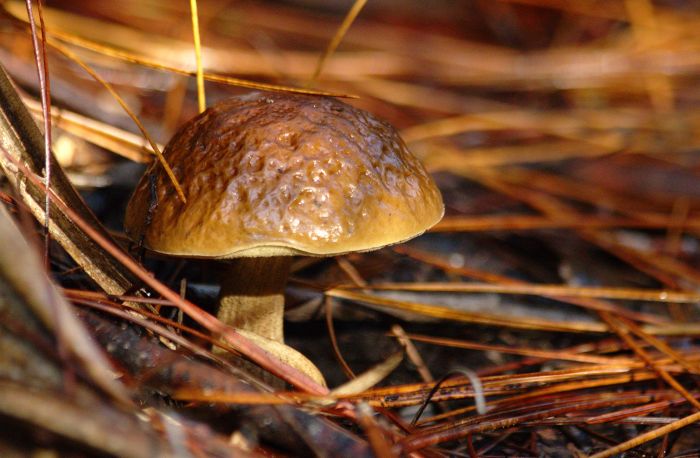
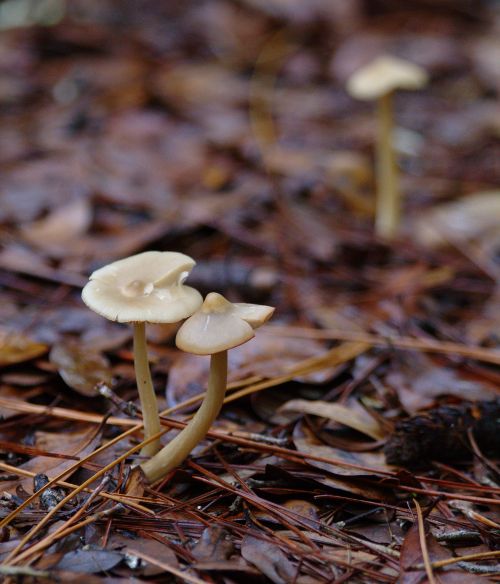
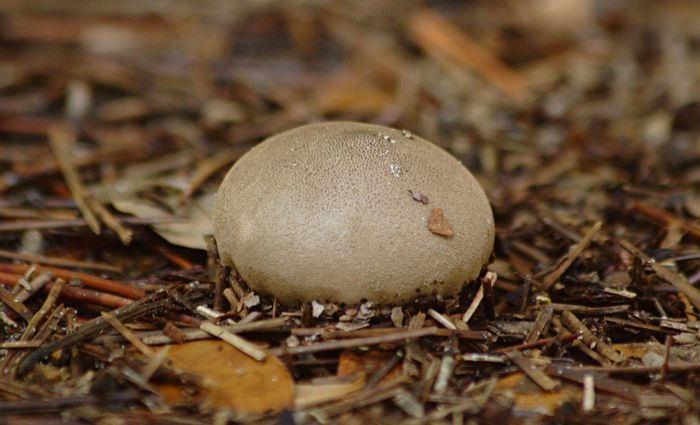
Mushrooms are hard to identify and possibly deadly. The above appears to be a type of puffball. The below looks an awful lot like Destroying Angel, a deadly poisonous mushroom.
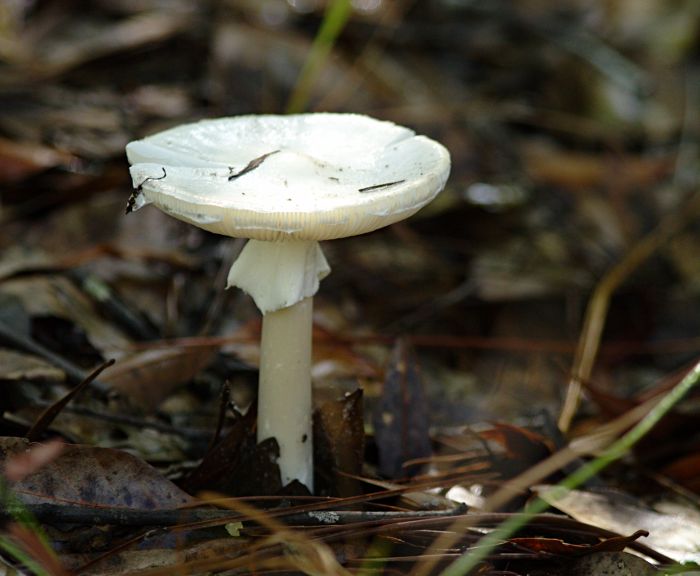
And this we think is a jelly fungus. It fell when I moved the branch it was clinging to. I’m not sure about this particular kind, but it looks like people actually eat jelly fungus.
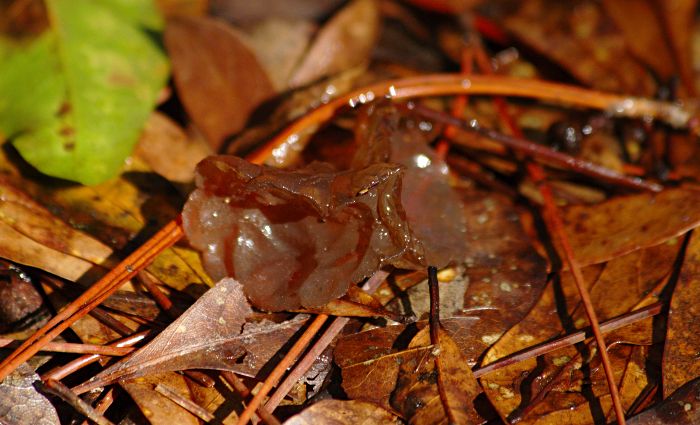
For my first visit to the Grand Canyon, we were traveling with my grandparents. This was several years ago and they were getting around then much better than they do now, but they were still not interested in much walking around, and indeed it was in the heat of summer. So we took the bus to a few of the overlooks. I took some pictures, and bought a poster that I hoped would capture the place better than my little camera.
The canyon is vast, carved out over millennia through the desert by the Colorado river, minuscule in comparison and often hidden from the rim within the inner canyon walls. The canyon “is 6,000 feet deep at its deepest point and 15 miles at its widest” (nps). “[R]ecent evidence suggests the Colorado River established its course through the canyon at least 17 million years ago” (wiki). Planetary history is told through the layers of the rocks. It is color and scale and harshness, and life stubbornly clinging along the cliff walls, and forces of nature over unimaginable time. I wanted to go back and let it all soak in.
You can pick the season you travel in, but the weather gets to choose its temper on the actual days you have set aside to visit a place. We chose spring. Alas, the only day we had for hiking around the canyon had winds gusting over 50 mph. I ended up seeing less of the canyon than last time.
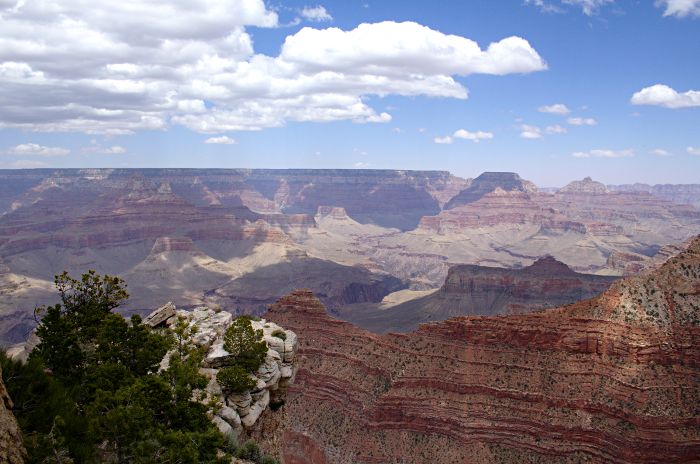
Actually, that day was supposed to be a smooth water rafting trip, but they rightly canceled due to the high winds. So we swapped the days and didn’t really salvage anything of the day at the Rim.
Thankfully, the next day the winds had died down and the rescheduled rafting trip went beautifully. It started at Glen Canyon Dam, and runs for 15 miles along the Colorado, upstream from Grand Canyon National Park. The rafting company has special permission to take customers down through the restricted (with imposing fences and many warning signs and a manned gate) access tunnel to the base of the 710 feet tall dam. Then you are handed a hard hat to wear for the 1 minute walk from the bus to the waiting rafts. Walk in an orderly fashion. Don’t stop to take pictures (people don’t listen to even the most basic of instructions). Here at the base of the dam, trickles of water fed carpets of ferns in crevices along the canyon walls. Two pink lizards darted near us.
The flotilla quickly spread out, leaving us to stare up at the sheer canyon walls. Our guide pointed out birds and geologic formations, and talked about history of the canyon, including the transformations due to the dam.
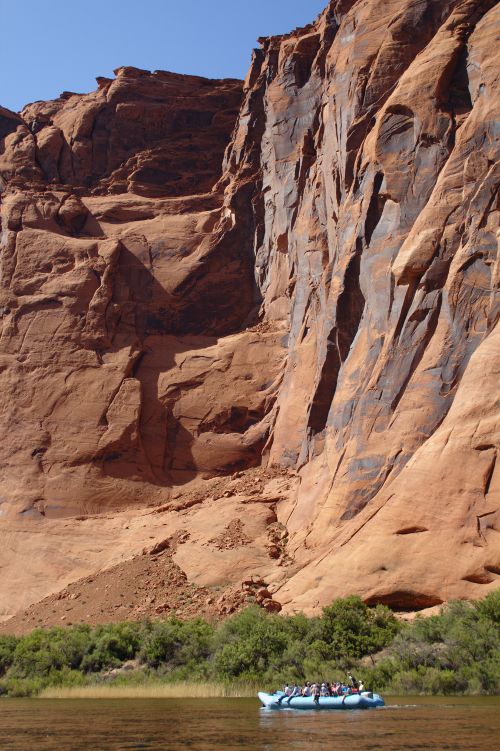
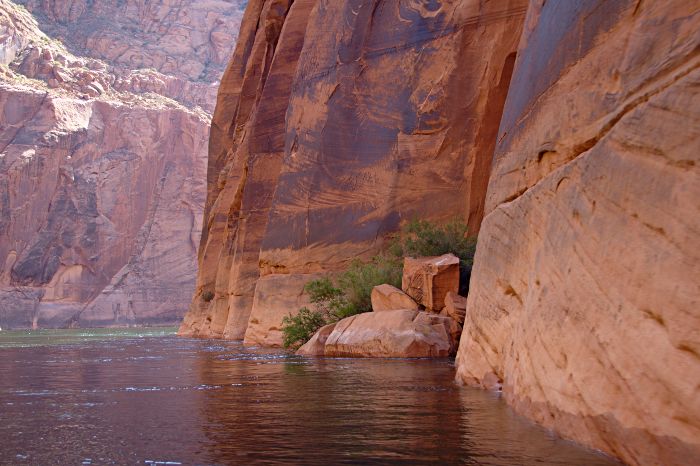
Midway through the trip, they dropped us off for a stretch at a sandbar with petroglyphs carved into the desert varnish. I was more interested in the lizards. This is a chuckwalla. “When disturbed, a chuckwalla will wedge itself into a tight rock crevice and inflate its lungs in order to entrench itself (wiki).
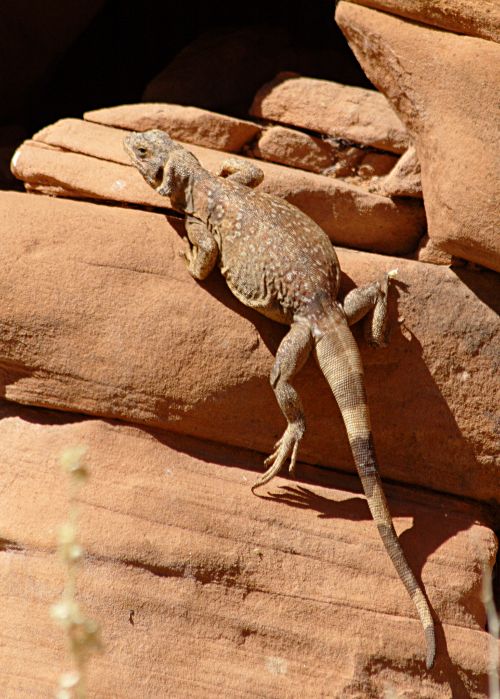
Century plants (Dog centuries? The plants live 10 to 30 years) only bloom once, and then die.
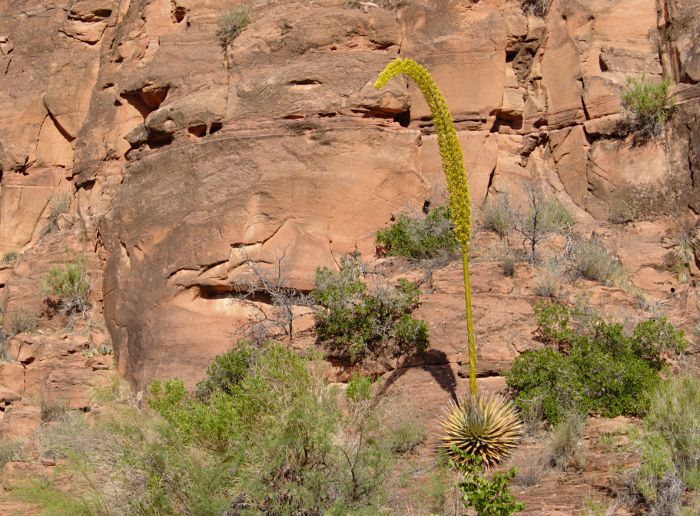
At sunset after the bus ride back to Page, we took the short but very sandy walk to the canyon rim above Horseshoe Bend, which we’d rafted around earlier in the day. I never managed to photograph them, but while watching the sun go down we were surrounded by what I believe our guide identified as Violet-green Swallows. We could hear the air over their wings as they acrobatically sped past, occasionally catching the light to flash metallic green.
